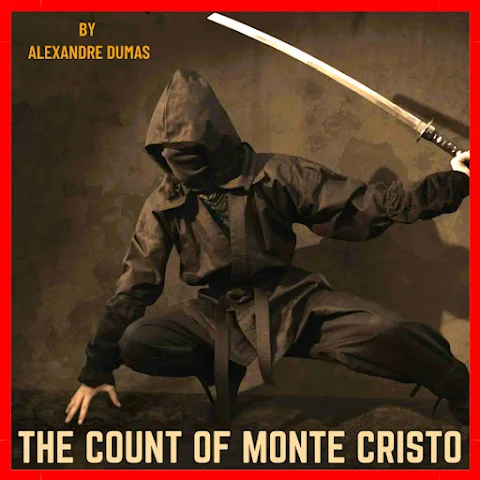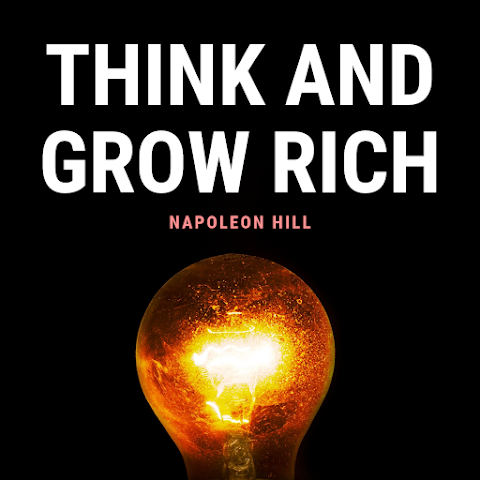Two Prison Escapes, Two Centuries Apart
When Stephen King wrote Rita Hayworth and Shawshank Redemption, he was clearly influenced by The Count of Monte Cristo. Both stories feature innocent men imprisoned, finding hope through friendship, and ultimately escaping to freedom and fortune. But the similarities run deeper than you might think!
The Protagonists: Edmund vs Andy
Both Edmund Dantès and Andy Dufresne are innocent men betrayed by those they trusted. But their approaches to imprisonment reveal different philosophies.
Edmund Dantès:
- Age: 19 when imprisoned
- Crime: Political conspiracy (fake)
- Initial Response: Despair and attempted suicide
- Transformation: From naive sailor to sophisticated Count
- Motivation: Revenge against specific enemies
Andy Dufresne:
- Age: 30 when imprisoned
- Crime: Murder of wife and lover (innocent)
- Initial Response: Quiet determination
- Transformation: Maintains identity while adapting
- Motivation: Freedom and justice, not revenge
The Mentors: Abbé Faria vs Red
Both stories feature crucial mentor figures who help the protagonist survive and ultimately escape.
Abbé Faria:
- Role: Teacher and father figure
- Gift: Education and treasure location
- Method: Direct instruction in languages, sciences
- Fate: Dies in prison, enables escape
- Legacy: Transforms Edmund completely
Red (Ellis Redding):
- Role: Friend and prison fixer
- Gift: Rock hammer and friendship
- Method: Practical help and emotional support
- Fate: Eventually paroled, reunites with Andy
- Legacy: Finds hope through Andy
The Prisons: Château d'If vs Shawshank
The prison settings themselves become characters in both stories.
Château d'If:
- Type: Island fortress prison
- Conditions: Solitary dungeons, no light
- Security: Surrounded by sea
- Reputation: Inescapable political prison
- Reality: Actual historical prison
Shawshank State Penitentiary:
- Type: Maximum security prison
- Conditions: Cells, work programs, yard time
- Security: Walls, guards, routine
- Reputation: Harsh but survivable
- Reality: Fictional, filmed at Ohio State Reformatory
The Escape Methods
Both escapes are legendary, but achieved through very different means.
Edmund's Escape:
- Duration: 14 years of preparation
- Method: Takes dead Faria's place in burial sack
- Risk: Thrown into sea, could have drowned
- Drama: Cuts himself free underwater
- Result: Swims to freedom
Andy's Escape:
- Duration: 19 years of digging
- Method: Tunnel through wall via rock hammer
- Cover: Rita Hayworth poster hides hole
- Drama: Crawls through sewage pipe
- Result: Emerges free in thunderstorm
The Hidden Treasures
Both stories feature hidden wealth that enables the protagonist's new life.
Edmund's Fortune:
- Source: Cardinal Spada's treasure
- Location: Island of Monte Cristo
- Contents: Gold, jewels, artifacts
- Value: 13 million francs (billions today)
- Purpose: Funds elaborate revenge
Andy's Assets:
- Source: Warden's laundered money
- Location: Various banks under false identity
- Contents: Cash from corruption
- Value: $370,000 (1960s money)
- Purpose: Funds new life in Mexico
Time and Patience
Both stories emphasize the power of patience and long-term planning.
Edmund's Timeline:
- Imprisonment: 14 years
- Education Period: ~10 years with Faria
- Revenge Planning: Several more years
- Total Arc: About 25 years
Andy's Timeline:
- Imprisonment: 19 years
- Tunnel Digging: 19 years
- Financial Planning: Throughout imprisonment
- Total Arc: 19 years to freedom
Justice vs Revenge
The biggest difference lies in what happens after escape.
Edmund's Path:
- Focus: Elaborate revenge on betrayers
- Methods: Psychological torture, financial ruin
- Duration: Years of planning and execution
- Result: Destroys enemies but questions morality
- Resolution: Finds peace only after revenge
Andy's Path:
- Focus: Freedom and simple life
- Methods: Exposes corruption, takes money
- Duration: Quick actions post-escape
- Result: Warden's suicide, guards arrested
- Resolution: Peaceful life in Zihuatanejo
The Role of Hope
Both stories center on hope, but express it differently.
In Monte Cristo:
- "Wait and hope" - the novel's final message
- Hope emerges after revenge is complete
- Hope as wisdom gained through suffering
- Hope for redemption after darkness
In Shawshank:
- "Hope is a good thing, maybe the best of things"
- Hope sustained throughout imprisonment
- Hope as daily choice and resistance
- Hope as reason for living
Cultural Impact
Both stories have become cultural touchstones for different eras.
Monte Cristo's Influence:
- Published: 1844-1846
- Impact: Defined revenge narrative
- Adaptations: Countless films, plays, TV series
- Legacy: Term "Count of Monte Cristo" means ultimate revenge
Shawshank's Influence:
- Published: 1982 (novella), 1994 (film)
- Impact: Redefined prison drama genre
- Recognition: #1 on IMDb's top films
- Legacy: Symbol of hope and perseverance
Which Story Resonates More?
Monte Cristo appeals to our desire for justice and the fantasy of perfect revenge. Shawshank speaks to our need for hope and simple human connection. Both are masterpieces that use false imprisonment to explore human nature.
The Verdict
While Shawshank may be more immediately relatable to modern audiences, The Count of Monte Cristo remains the more epic and complex narrative. Edmund's transformation is more dramatic, his revenge more elaborate, and his journey more psychologically complex. Both deserve their place in the pantheon of great literature, but Monte Cristo walked so Shawshank could run.


